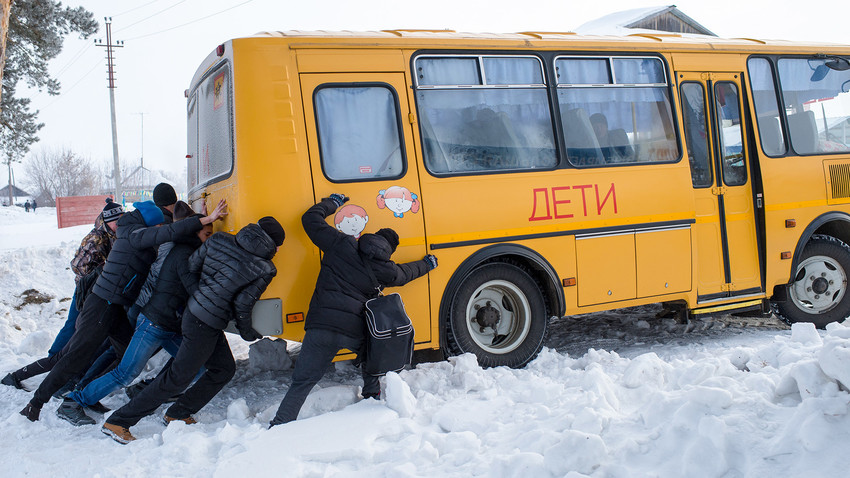Life in the north of Russia goes on despite the freezing temperatures in winter. Local public transport is well prepared: Heated stops and vehicles ensure that some people prefer to leave their car behind.
–
In the regions of Russia beyond the Arctic Circle, severe winters and heavy snowstorms are common. In Jakutsk, Norilsk and Vorkuta, winter comes as early as mid-October. Then the time has come when car owners switch to public transport, because running your own car in winter is quite expensive. How do the buses manage to drive under such extreme conditions?
>>> Car care at -50 ° C: How the Russians deal with the pitfalls
Heated stops
Yakutsk is the largest city in the permafrost area with over 300,000 inhabitants. The average winter temperatures here are -45 / -50 ° C. One special thing about Yakutsk is that there is an unusually wide range of bus routes and bus stops. Many bus stops are only 200 meters apart. Public transport is frequent and the journey from the suburbs to the center takes no more than half an hour. You can also track the location of your bus online.
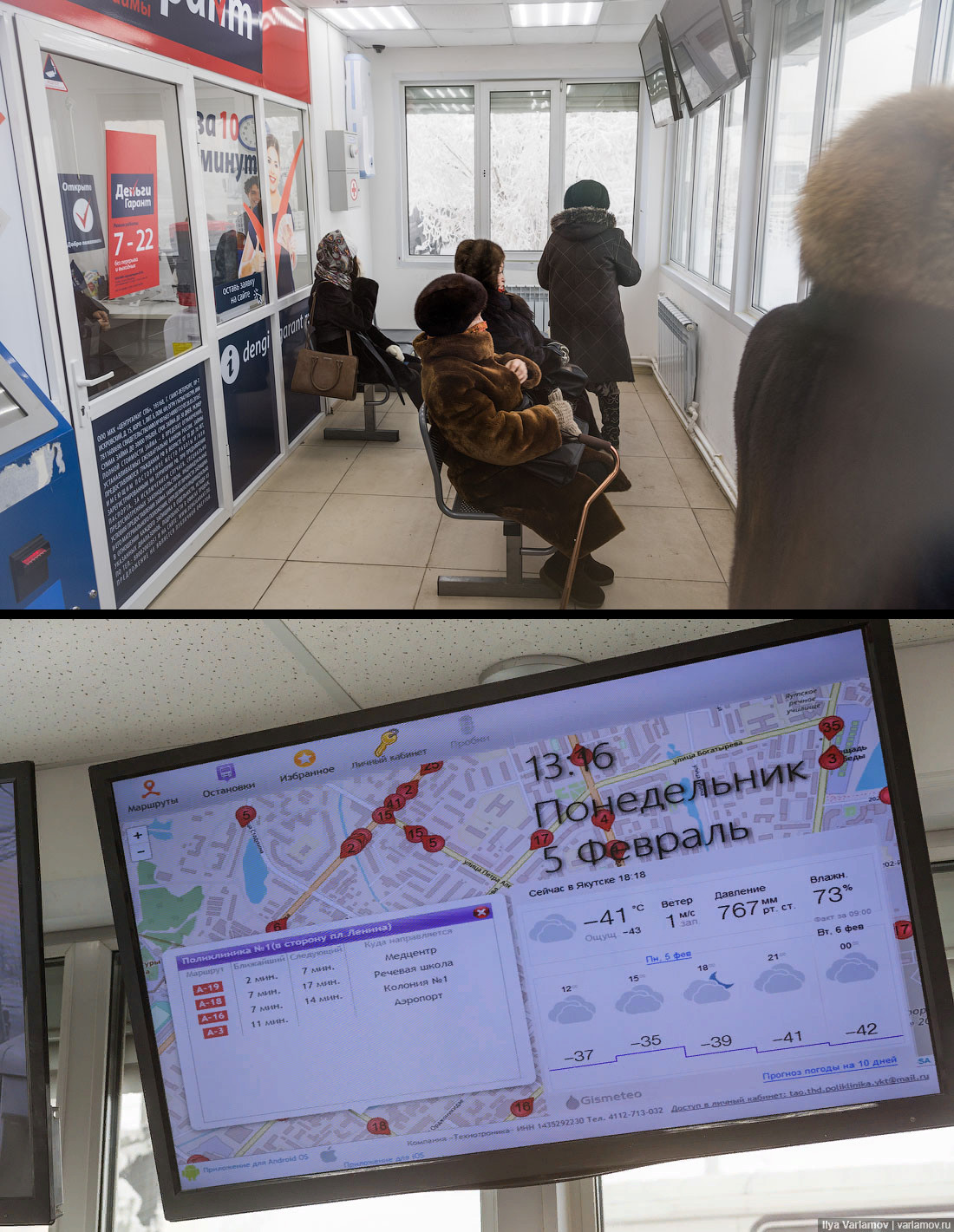 –
–
The city has nearly three dozen heated bus stops. They are covered pavilions with windows. Inside there is seating, information screens and video surveillance. If a bus is coming, this is indicated.
Some bus stops have communal WiFi, power sockets for charging electronic devices, and even ATMs or coffee machines.
There are also heated bus stops in Omsk, Surgut and Norilsk. In order to prevent the maintenance costs of the high-tech stops from devouring the entire budget of the city budget, parts of the area are rented out, so that many stops also serve as pharmacies or flower shops.
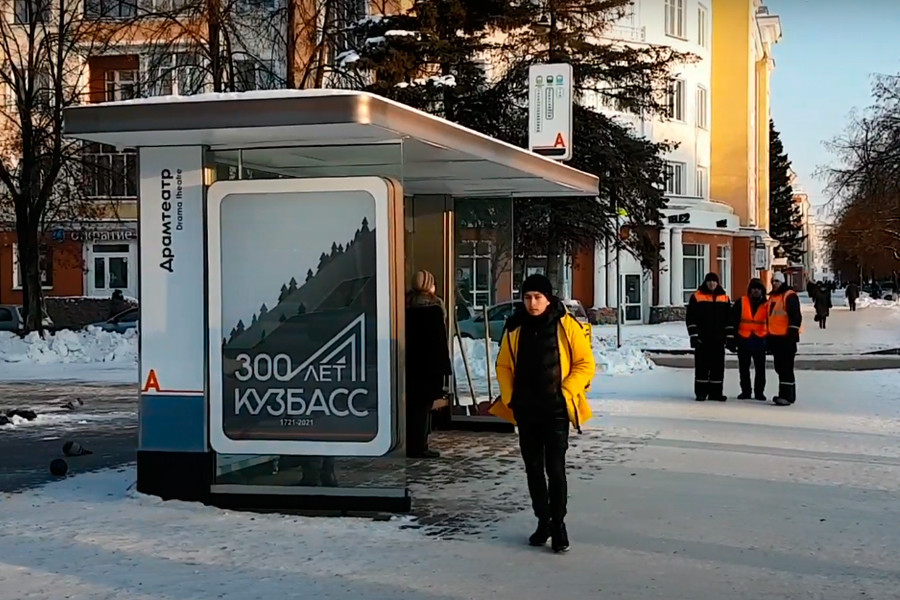 –
–
In Kemerovo, the bus stops are open, but they are equipped with infrared heaters that switch on automatically when the temperature drops below -5 ° C.
Cold protection in the bus
According to legal regulations, the temperature in public transport in winter must not fall below 10 ° C when the outside temperature has dropped to -25 ° C, and not below 5 ° C when the outside temperature reaches -40 ° C.
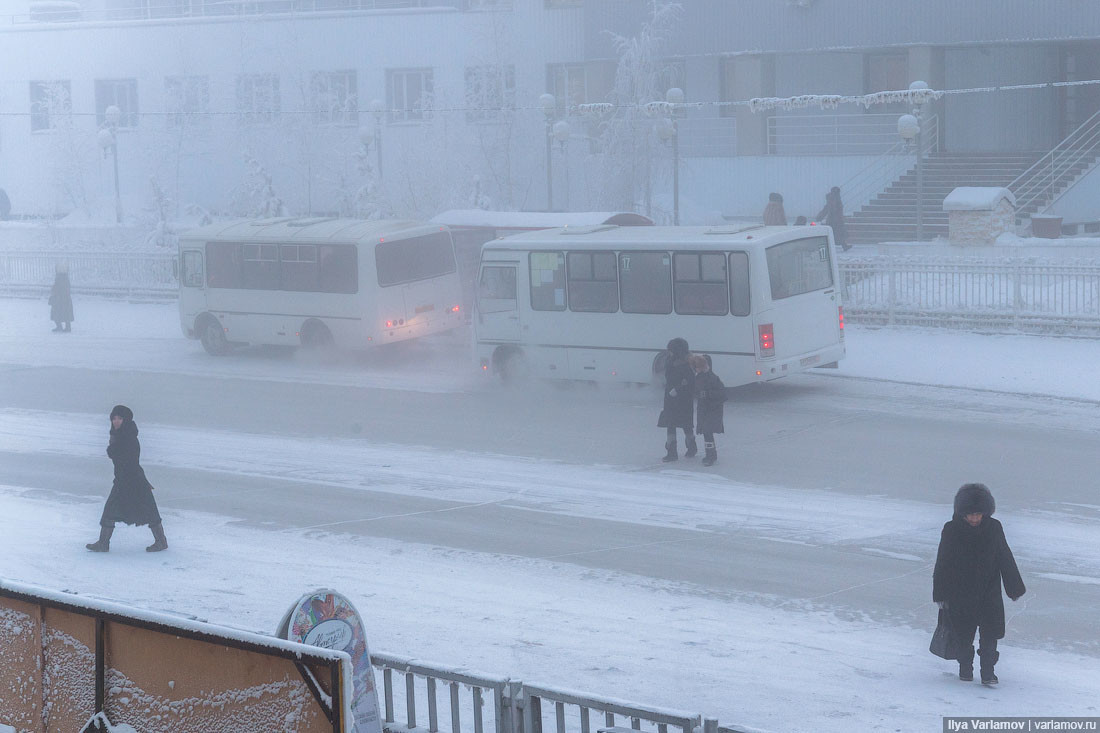 –
–
In Yakutsk, buses are fitted with double glazing in winter to protect passengers from the cold. In addition, these panes do not fog up or ice over, so that passengers can see when their stop is coming.
To prevent buses from failing, they are equipped with Webasto car heaters that heat the engine. The engine is wrapped in special blankets during the night so that it does not cool down too much. Most of the public transport in the city does not run on petrol, but on methane gas.
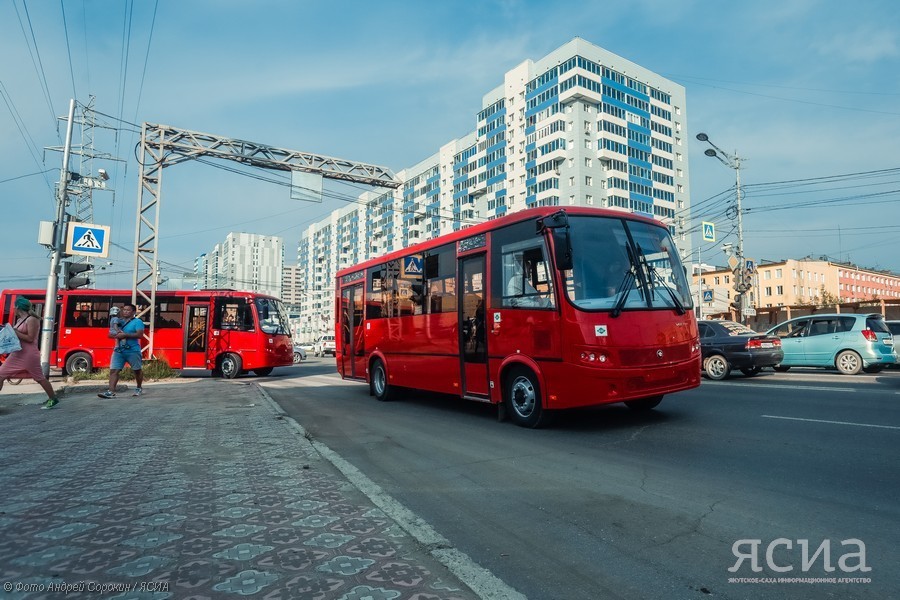 –
–
New buses have powerful heating systems and underfloor heating, while the old-style shuttle buses are carpeted to keep people a little warm.
Over the ice
Many places in northern Russia (for example Jamal, Kamchatka and Chukotka) have icy waters in winter that are used as crossings. For this purpose, hovercraft are used, which transport passengers from one side of a frozen river to the other.
 –
–
They are operated until well after the beginning of spring, when the ice is already melting. Such a vehicle can hold an average of ten people plus luggage.
All rights reserved. Duplication is permitted only with reference to the source and active hyperlinks to the original material.
–
